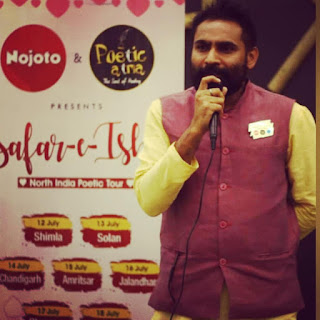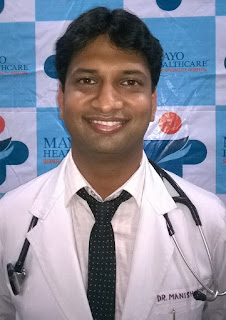Dr Jaswal heals heart through Wrist

Dr Rakesh Jaswal has completed over 12,000 transradial procedures
Dr R K Jaswal, Director, Cardiology at Fortis Hospital Mohali has achieved a remarkable mark in medical history by completing 12,000 transradial procedures, healing heart through wrist with zero percent complications. His vast experience in this field has given him the honour of being the Teaching Faculty Member and Advisory Faculty Member of most of Asian countries and USA.
Dr R K Jaswal said, “Angiographies are, in today’s fast-paced and stress-laden lives, a quick and safe means of deciphering if your heart is in order and functioning to its optimum. Often angiographies show obstructions in arteries that are almost simultaneously treated by angioplasties, which in a layman’s words is ballooning and stenting of the artery, so that the obstruction is removed.”
He further added that the myth that angiographies and angioplasties are “dangerous” should be completely destroyed now, with the advancement in expertise and technology. Only one of 1000 person suffers a complication during an angiography and one in 100 during an angioplasty, which would be the ratio in any other invasive procedure too. The message is that don’t hesitate in getting an angiography done, but yes, do not compromise on the quality of medical expertise or facility that you opt for. For the longest time, coronary angiography and angioplasty procedures have been performed through the thigh (transfemoral approach). Today, transradial access for coronary procedures is preferred by the patients, and complex angioplasties are being performed through the radial approach.
The transradial approach has some of significant advantages over the conventional approach, via thigh artery. This new approach is complication free and very comfortable for the patient and it allows the patient to be mobile immediately after the procedure while in the conventional approach the patient has to lie down flat on the bed for at least 6-8 hours after angiography and 12-18 hours after coronary ballooning and stenting. The conventional approach is associated with several problems due to prolonged immobilization, such as backache, urinary retention, patients of bronchial asthma and heart failure find it extremely uncomfortable to lie in bed for extended durations.
Femoral artery used as the access site in the conventional angiography /angioplasty lies deep and is not easily compressible. Therefore the chances for major hematoma requiring blood transfusions and residual femoral artery defects requiring surgical correction are as high as 2-8% in the transfemoral approach. These complications are nearly 0% in transradial procedures. Thigh vein and nerve that accompany the thigh artery, which is the access site in the conventional procedures, are liable for damage in conventional angioplasties. However the risk and complications of damage to these is virtually absent in the transradial approach. Needless to say, patients world over overwhelmingly prefer it. In a survey in the U.K., all except 2 % patients prefer only transradial approach to the conventional Tran femoral approach.
Transradial interventions have fewer complications but are technically more difficult to perform. The level of complexity for the surgeon makes the procedure exceptional and rare. But not anymore! Chandigarh now has an expert who has more than 12,000 transradial procedures to his credit, with a growing number of patients opting for this procedure. This relatively new technique promises lower morbidity and improves patient satisfaction. Its effects on quality of life after the procedure, patient preference, and cost are gradually beginning to delineate that the popularity of this procedure is on the rise.
Among patients undergoing diagnostic cardiac catheterization, transradial access leads to improved quality of life after the procedure, is strongly preferred by patients, and reduces hospital costs. The transradial approach to coronary interventions is both feasible and safe in patients with acute myocardial infarction. This option may be most appealing in patients at high risk for developing vascular complications of arterial access. That is the reason that transradial access is the safest and most comfortable for patients who undergo urgent ballooning and stenting as life saving procedures following a heart attack (primary angioplasty).
Dr R K Jaswal, who did his DM in Cardiology from PGI Chandigarh and has worked at AIIMS New Delhi also, has performed more than 22,000 invasive cardiology procedures. He is the highest volume operator in this region (North of Delhi). On an average, He performs 550 to 600 PTCAs and 1200-1500 other invasive procedures every year. Nearly 90% of his interventions are via transradial access. He introduced the concept of TRANSRADIAL INTERVENTION for the first time in this region at Fortis Hospital Mohali in 2002.





Comments
Post a Comment